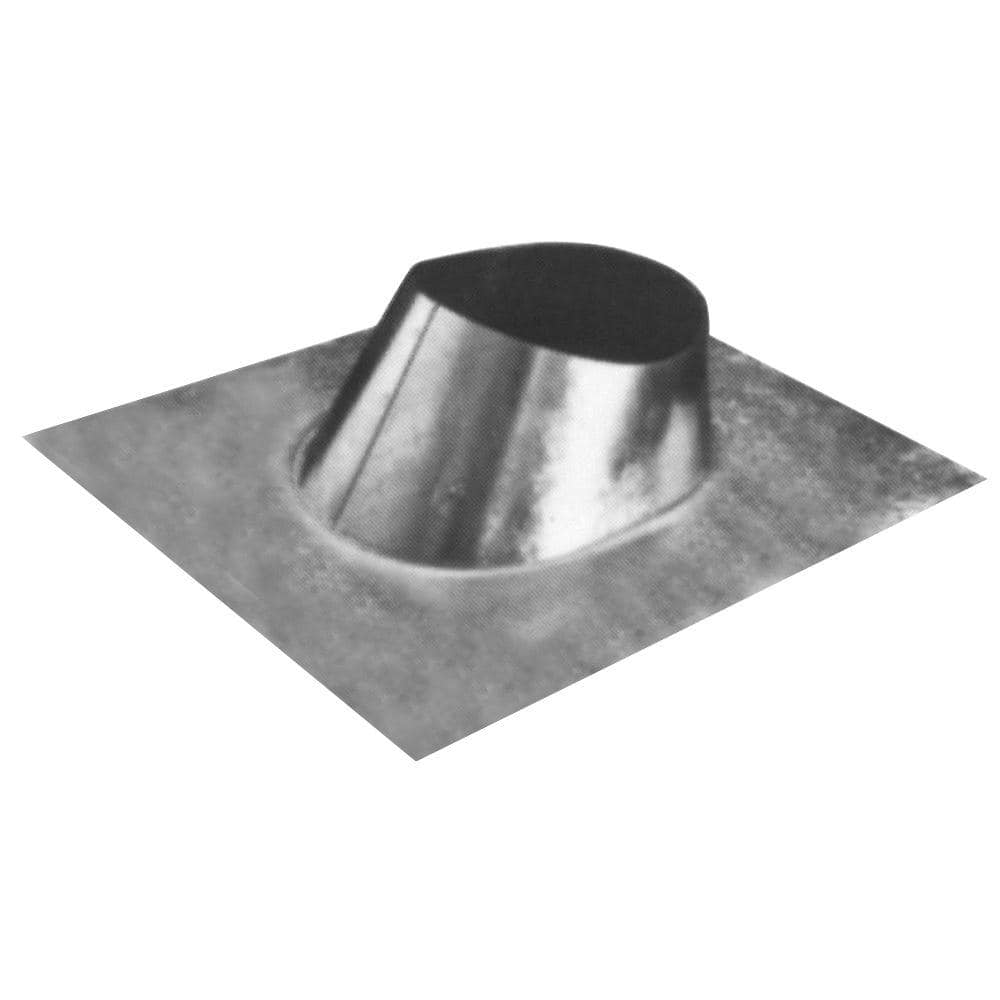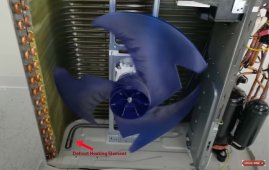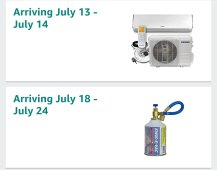On a single hose portable AC, as often as not the coil section is well isolated from the rest of the unit. Its the part on the bottom. Most will have an air filter. Its easier to do with the ones that have just one filter and only one side used for the intake.
Home depot sells a galvanized roof flashing flange in various diameters. This one is 5", which would be appropriate for most portables.
This 5 in. Standard Flashing is made of steel and galvanized for enhanced strength and performance. Designed for use in HVAC systems. The flashing is protected by a 1 year manufacturer warranty.
www.homedepot.com
View attachment 154093
Then duct tape that over the intake area. I attached a plastic sleeve with adhesive and pop rivets to that to give the hose something to mount to. Youre also going to want some kind of screen on the outside.
How well it works really depends on how well designed the AC unit is. If they were pulling 100% of the air through the filter it will work well and youll feel strong suction through the hose. If the filter was just for appearances and theres a lot of gaps in the chassis youll have to plug those up with duct tape and foam or it wont work well.
Ive been wondering if affixing a duct fan or blower to that hose would help but realize if it pushed more air than the unit pulled in youd be defeating the purpose of the dual hose.







